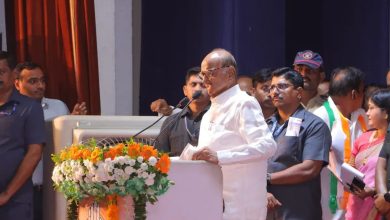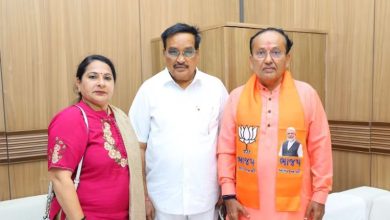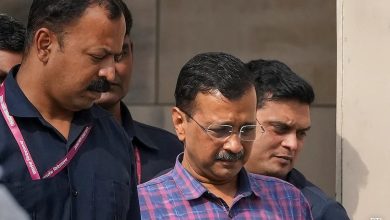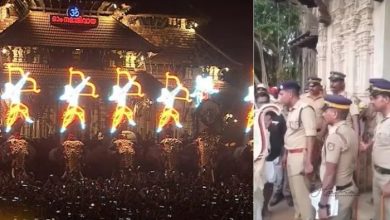A “massive” temple of Lord Ram existed at disputed site before Mughal rulers built Babri Masjid, Supreme Court told
These submissions were made on the seventh day of the day-to-day hearings into the Ayodhya dispute before a five-judge constitution bench headed by Chief Justice Ranjan Gogoi

New Delhi: The counsel for the Ram Lalla Virajman, a party in the Ayodhya land dispute, claimed in the Supreme Court on Friday that a “massive” temple of Lord Ram dating back to the second century BC existed at the disputed site before Mughal rulers allegedly built the Babri Masjid over it in the 1500s.
These submissions were made on the seventh day of the day-to-day hearings into the Ayodhya dispute before a five-judge constitution bench headed by Chief Justice Ranjan Gogoi. The hearings were ordered after the mediation process in the decades-old dispute failed to bring about any meaningful resolution.
Ram Lalla counsel CS Vaidyanathan referred to a report filed by a court commissioner appointed to inspect the site in 1950 as well as the findings of the Archaeological Survey of India (ASI) to advance his claims about the temple. He said that the ASI, during excavation work, uncovered a massive underground structure indicating the presence of a temple. “Several pillars found at the spot bore images of Krishna, Shiva Tandava, infant Ram and sculptures of Garuda flanked by lions,” he added.
When asked by Justice SA Bobde if this couldn’t have been part of the mosque, Mr Vaidyanathan said the images were in “complete contrast” with Islamic practices. “The structure couldn’t have been a mosque because such images go against the tenets of Islam,” he reasoned, adding that no Islamic artefacts were found on the site.
He also explained away Justice DY Chandrachud’s observation that a grave was also found at the site, saying that it belonged to a “much later period”.
“Keeping in mind the faith of Hindus and preponderance of probability, it would indicate that this was a temple of Lord Ram,” Mr Vaidyanathan said. “Along with the massive old structure, other materials found during excavation suggested that it was a temple.”
On August 14, the Ram Lalla counsel had cited some ancient books – including travelogues written by English merchant William Finch, British surveyor Montgomery Martin and Jesuit missionary Joseph Tiefenthaler – to claim that people believed the Ayodhya site to be the birthplace of Lord Ram over six centuries ago.
The Babri Masjid was demolished by right-wing activists on December 6, 1992, leading to communal clashes and a lengthy court battle.





